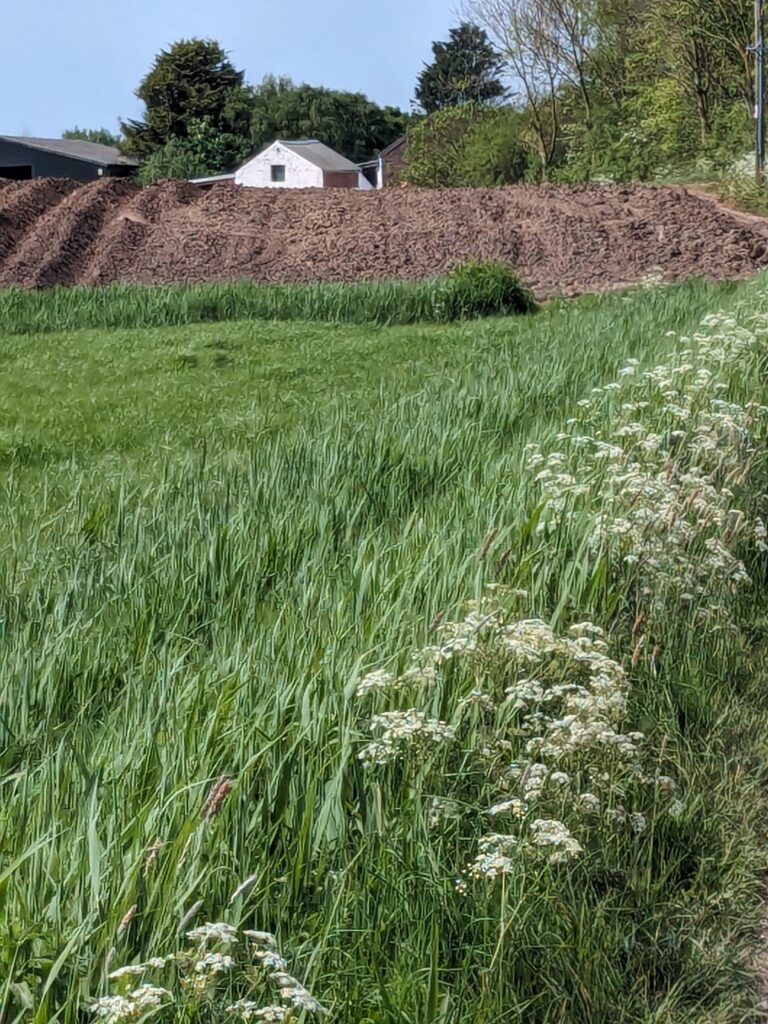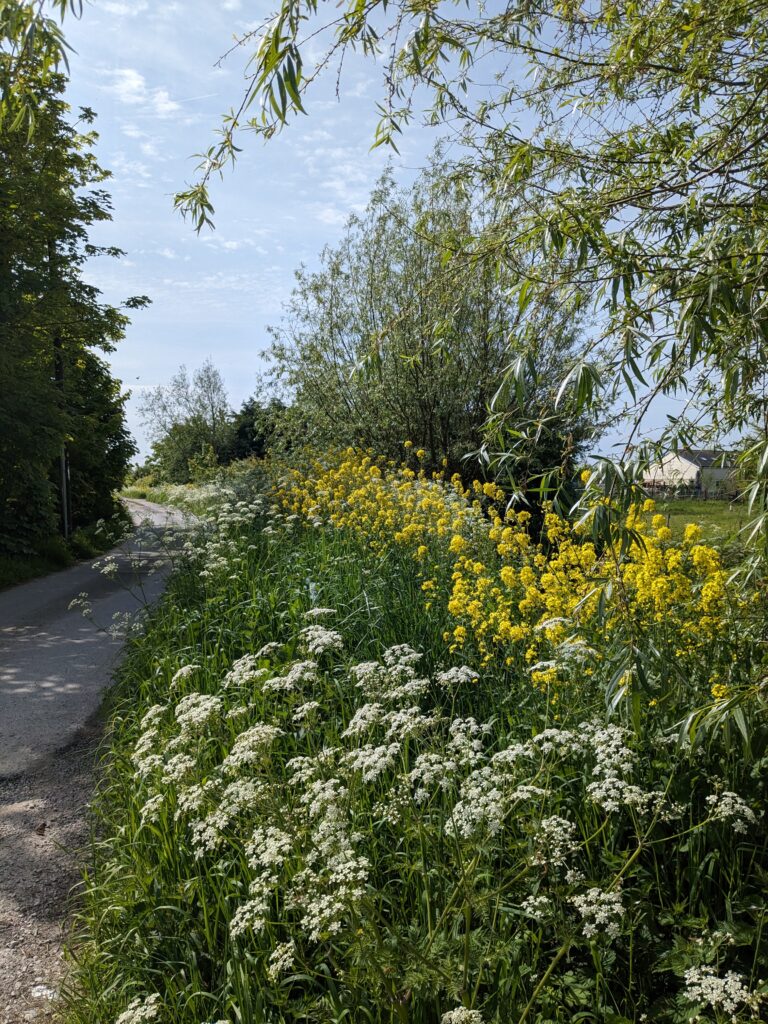In the last post, we explored what sensitivity really is – not a weakness, but a form of perceptive strength, a quiet attunement to emotion, relationship, place, and atmosphere. Now we take a step further. If sensitivity is such a rich and vital gift, why has it been so widely misunderstood, dismissed, or even pathologised? And what might shift if we recognised it as essential rather than excessive?
In a world increasingly defined by speed, noise, and disconnection, the sensitive person can feel like an outlier – a glitch in a system that has no time for depth. But the truth is, sensitive people may be carrying the very medicine this world needs.
If you’d prefer to take this in via video, I’ve shared a spoken version of this reflection below
A Culture That Pushes Sensitivity Aside
Mainstream culture is built on values that often run counter to sensitivity:
- Toughness and stoicism are praised, especially in men, but increasingly demanded of all genders.
- Efficiency and output are elevated above presence and reflection.
- Emotional detachment is rewarded — in politics, workplaces, even in relationships.
- Capitalist logic prioritises measurement, not meaning. It flattens nuance and discourages internal awareness.
- Digital culture bombards us with stimulus but rarely invites stillness.
In this context, sensitivity is inconvenient. It slows things down. It asks questions that can’t be answered with metrics. It calls attention to what feels off – in systems, in speech, in silence.
And so it is minimised. Medicalised. Mocked. Or shamed.
The Numbing of a Culture
But if sensitivity has been rejected, what has replaced it?
A kind of collective numbness. A culture of distraction, sarcasm, and overstimulation. The constant scrolling. The tendency to mock or dismiss rather than feel or engage. The ways we speed up when we most need to slow down.
This is not a personal failing – it’s a systemic condition. In a traumatised culture, numbness can feel like safety. But it is also a form of disconnection. And that disconnection is what allows harm to continue unchecked: to ourselves, to each other, and to the planet.
In this landscape, the sensitive person becomes an anomaly – someone who still feels, still cares, still notices. Not because they are fragile, but because they are awake.
Sensitivity as Wakefulness
What if we stopped seeing sensitivity as a flaw, and started recognising it as a form of wakefulness?
Sensitive people:
- Detect subtle changes in mood, energy, or atmosphere.
- Feel moral and emotional dissonance with great clarity.
- Respond with empathy rather than defensiveness.
- Struggle to look away from suffering – and are often moved to action because of it.
- Offer a kind of emotional truth-telling that our world sorely needs.
These are not signs of dysfunction. These are signals of health in an unwell system.
There is a quiet resilience in the sensitive person – not the resilience of “bouncing back” at all costs, but the resilience of remaining in relationship with what matters. With beauty. With pain. With people. With place.
My review of Marsha Sinetar’s Ordinary People as Monks and Mystics explores how everyday men and women have chosen lives of simplicity and contemplation. Their stories affirm that solitude and sensitivity can be fertile ground for clarity and depth.
It’s Not You – It’s the System
If you have ever felt like you were “too much” or “not enough,” it’s worth asking: by whose standards? If you’ve been overwhelmed by the world, maybe it’s not because you’re broken – maybe it’s because the world is too loud, too fast, too cruel.
You are not weak for being affected. You are not broken for needing rest. You are not wrong for feeling deeply.
You may, in fact, be responding appropriately to a culture that has lost its way.
An Invitation to Reclaim Sensitivity
What if your sensitivity wasn’t something to fix – but something to follow? What if it were not a deficit to overcome, but a compass to trust?
The world is changing. Collapse is no longer a distant possibility – it’s a living context. In this time of unravelling, we don’t need more detachment or distraction. We need more people who are willing to feel. Who are willing to stay awake. Who are willing to respond.
And that means we need you.
For reflection
- Have you ever felt like your sensitivity made you “too much”? What was that experience like?
- What would it feel like to stop trying to fix your sensitivity-and start honouring it?
- Can you think of a moment when your sensitivity revealed something important that others missed?
In the next post, we’ll take a closer look at how younger generations – often labelled as fragile or oversensitive – are in fact responding wisely to a deeply unstable world. The insult of “snowflake” may mask a powerful truth: that to feel in a broken system is not weakness, but clarity.





